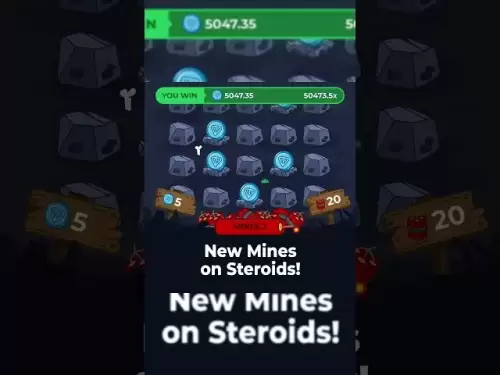-
 Bitcoin
Bitcoin $120400
1.77% -
 Ethereum
Ethereum $3615
7.90% -
 XRP
XRP $3.580
17.84% -
 Tether USDt
Tether USDt $1.001
0.06% -
 BNB
BNB $729.4
1.25% -
 Solana
Solana $179.9
5.04% -
 USDC
USDC $0.0000
0.01% -
 Dogecoin
Dogecoin $0.2311
8.22% -
 TRON
TRON $0.3226
4.04% -
 Cardano
Cardano $0.8490
12.85% -
 Hyperliquid
Hyperliquid $46.45
0.72% -
 Stellar
Stellar $0.4913
8.54% -
 Sui
Sui $4.027
2.00% -
 Chainlink
Chainlink $18.51
11.67% -
 Hedera
Hedera $0.2818
21.51% -
 Avalanche
Avalanche $24.03
7.40% -
 Bitcoin Cash
Bitcoin Cash $508.5
2.90% -
 Shiba Inu
Shiba Inu $0.00001496
3.24% -
 UNUS SED LEO
UNUS SED LEO $8.961
1.83% -
 Toncoin
Toncoin $3.264
3.13% -
 Litecoin
Litecoin $104.6
8.15% -
 Polkadot
Polkadot $4.389
6.11% -
 Uniswap
Uniswap $9.924
10.63% -
 Monero
Monero $337.9
0.49% -
 Pepe
Pepe $0.00001376
2.79% -
 Bitget Token
Bitget Token $4.830
2.46% -
 Ethena USDe
Ethena USDe $1.001
0.05% -
 Dai
Dai $1.000
0.02% -
 Aave
Aave $325.2
1.66% -
 Bittensor
Bittensor $423.7
-0.85%
What are the Web3 social platforms? Features and gameplay introduction
Web3 social platforms like Lens Protocol and Farcaster offer decentralized networking with user-controlled data and monetization, built on blockchain technology.
Jun 03, 2025 at 03:49 pm
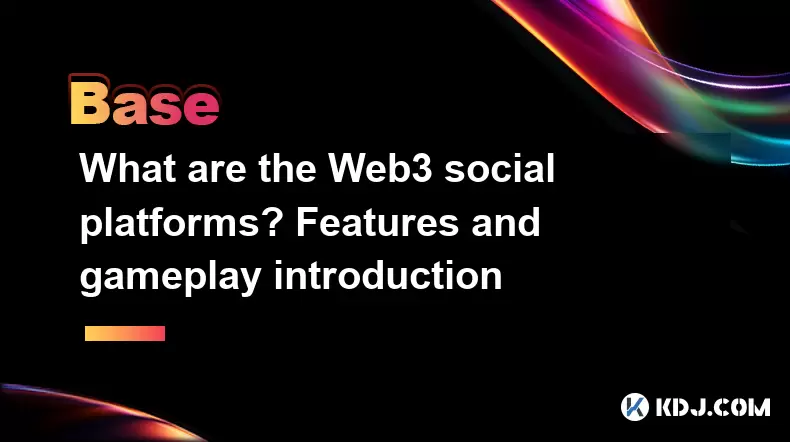
Web3 social platforms represent a new paradigm in social networking, leveraging blockchain technology to offer users greater control, privacy, and monetization opportunities. These platforms are built on decentralized networks, which means they are not controlled by a single entity but rather by a community of users. This article will explore the features and gameplay of some of the most prominent Web3 social platforms, providing a detailed introduction to their functionalities and user experiences.
Lens Protocol
Lens Protocol is a decentralized social graph built on the Ethereum blockchain. It allows users to create, curate, and monetize their content in a decentralized manner. One of the key features of Lens Protocol is its ability to enable users to own their social media profiles and data, rather than having them controlled by a centralized platform.
- Profile Ownership: Users can mint their profiles as NFTs, giving them full control over their digital identity. This means that users can move their profiles across different platforms that support Lens Protocol.
- Content Monetization: Creators can monetize their content through various mechanisms such as tipping, subscriptions, and token-gated content. This empowers creators to earn directly from their audience without intermediaries.
- Decentralized Governance: The platform is governed by a decentralized autonomous organization (DAO), allowing community members to vote on key decisions and changes to the protocol.
Farcaster
Farcaster is another Web3 social platform that focuses on providing a decentralized and user-controlled social experience. It is built on the Ethereum blockchain and uses a combination of smart contracts and off-chain storage to manage user data and interactions.
- User-Controlled Data: Farcaster allows users to store their data on their own devices or preferred cloud services, ensuring that they have complete control over their information.
- Interoperability: The platform is designed to be interoperable with other decentralized applications (dApps), enabling users to seamlessly integrate their social activities with other blockchain-based services.
- Privacy and Security: Farcaster prioritizes user privacy and security, using end-to-end encryption for communications and providing users with the ability to manage their own encryption keys.
Mirror
Mirror is a decentralized publishing platform that combines social media and blogging features, allowing users to create and monetize content in a decentralized environment. It is built on the Ethereum blockchain and utilizes smart contracts to manage content ownership and monetization.
- Decentralized Publishing: Users can publish articles, essays, and other forms of content on Mirror, with the platform ensuring that creators retain ownership of their work.
- Token-Gated Content: Mirror allows creators to gate their content behind tokens, enabling them to offer exclusive access to subscribers or token holders.
- Crowdfunding: The platform supports crowdfunding mechanisms, allowing creators to raise funds for their projects directly from their audience.
DeSo (Decentralized Social)
DeSo is a blockchain specifically designed for social applications, offering a scalable and decentralized infrastructure for building social networks. It is used by several Web3 social platforms, including Diamond and BitClout.
- Scalability: DeSo is designed to handle high transaction volumes, making it suitable for social applications that require fast and efficient data processing.
- Native Currency: The DeSo blockchain has its own native currency, which can be used for various purposes within social applications, such as tipping, purchasing NFTs, and participating in governance.
- NFT Integration: DeSo supports the creation and trading of NFTs, allowing users to tokenize their social media profiles, posts, and other digital assets.
BitClout
BitClout is a decentralized social network built on the DeSo blockchain, focusing on creating a new economy for social media. It allows users to invest in the social influence of others by buying and selling "creator coins."
- Creator Coins: Users can create their own coins, which represent their social influence. Other users can buy and sell these coins, essentially investing in the creator's future success.
- Identity Verification: BitClout uses a unique identity verification system, allowing users to link their profiles to their real-world identities, which adds a layer of authenticity to the platform.
- Decentralized Exchange: The platform includes a decentralized exchange where users can trade creator coins, ensuring that the market for social influence remains open and accessible.
Diamond
Diamond is another social platform built on the DeSo blockchain, offering a decentralized alternative to traditional social media. It focuses on providing users with a more rewarding and engaging social experience.
- Reward System: Diamond rewards users for their engagement and contributions to the platform, such as posting content, commenting, and interacting with others.
- NFT Profiles: Users can mint their profiles as NFTs, allowing them to own and monetize their digital identities.
- Community Governance: The platform is governed by its community, with users able to vote on key decisions and changes to the platform's rules and features.
Each of these Web3 social platforms offers unique features and gameplay that cater to different user needs and preferences. By leveraging blockchain technology, these platforms provide users with greater control over their data, privacy, and monetization opportunities, revolutionizing the way we interact and engage on social media.
Frequently Asked Questions
Q1: How do Web3 social platforms ensure user privacy?
Web3 social platforms ensure user privacy through various mechanisms, including decentralized data storage, end-to-end encryption, and user-controlled encryption keys. For instance, Farcaster allows users to store their data on their own devices or preferred cloud services, while also using end-to-end encryption for communications. This ensures that users have full control over their information and can protect their privacy effectively.
Q2: Can I use my existing social media profiles on Web3 platforms?
Some Web3 social platforms, like Lens Protocol, allow users to mint their profiles as NFTs, which can be moved across different platforms that support the protocol. However, this is not a universal feature, and most platforms require users to create new profiles. Platforms like BitClout offer identity verification, which can link your profile to your real-world identity, but this is a separate process from using existing social media profiles.
Q3: How do Web3 social platforms handle content moderation?
Web3 social platforms often use decentralized governance models to handle content moderation. For example, platforms like Lens Protocol and Diamond are governed by DAOs, where community members can vote on policies and rules. This ensures that content moderation is not controlled by a single entity but is instead managed by the community. However, the specifics can vary from one platform to another.
Q4: What are the main challenges faced by Web3 social platforms?
Web3 social platforms face several challenges, including scalability, user adoption, and regulatory compliance. Scalability is a significant issue, as blockchain networks need to handle high transaction volumes to support social applications. User adoption can be slow due to the learning curve associated with blockchain technology and the need for users to manage their own data and encryption keys. Additionally, regulatory compliance can be complex, as these platforms operate in a decentralized manner and may face different legal requirements in various jurisdictions.
Disclaimer:info@kdj.com
The information provided is not trading advice. kdj.com does not assume any responsibility for any investments made based on the information provided in this article. Cryptocurrencies are highly volatile and it is highly recommended that you invest with caution after thorough research!
If you believe that the content used on this website infringes your copyright, please contact us immediately (info@kdj.com) and we will delete it promptly.
- Bitcoin Whale's $9.6B Galaxy Digital Move: Profit-Taking or Strategic Play?
- 2025-07-18 14:30:12
- Alchemy Pay, Crypto-Finance, and Hong Kong: A Budding Hub?
- 2025-07-18 14:30:12
- Dave Portnoy's XRP Regret: A Crypto Dump Disaster?
- 2025-07-18 15:10:12
- XRP Price Surges to 7-Year High: Expert Predictions and Market Analysis
- 2025-07-18 15:10:12
- Coin XRP Outperforming? Hold Up, Here's the Real Deal
- 2025-07-18 15:30:12
- Crypto Market Cap Nears $4T: Can It Rival the Biggest Companies?
- 2025-07-18 14:50:12
Related knowledge
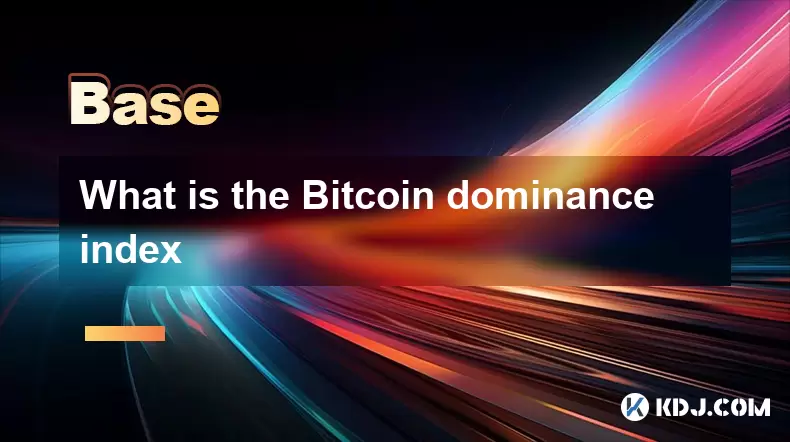
What is the Bitcoin dominance index
Jul 12,2025 at 10:35pm
Understanding the Bitcoin Dominance IndexThe Bitcoin Dominance Index, often abbreviated as BTC.D, is a metric used to measure Bitcoin's market capital...
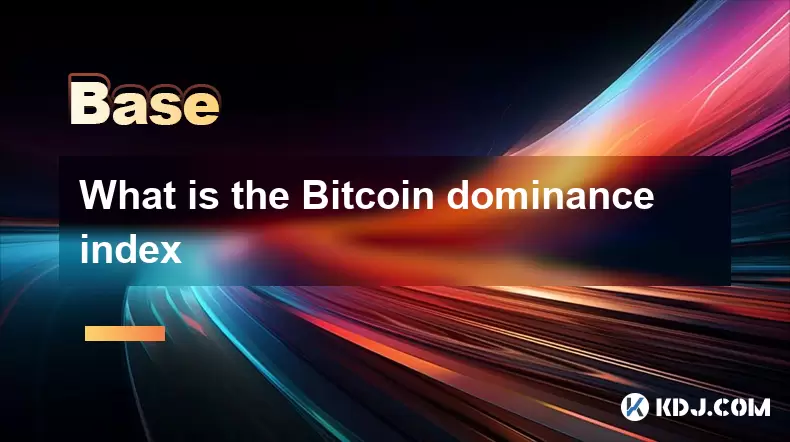
What is the Bitcoin dominance index
Jul 11,2025 at 04:29am
What is the Bitcoin Dominance Index?The Bitcoin Dominance Index is a metric used to gauge Bitcoin's market capitalization relative to the total market...
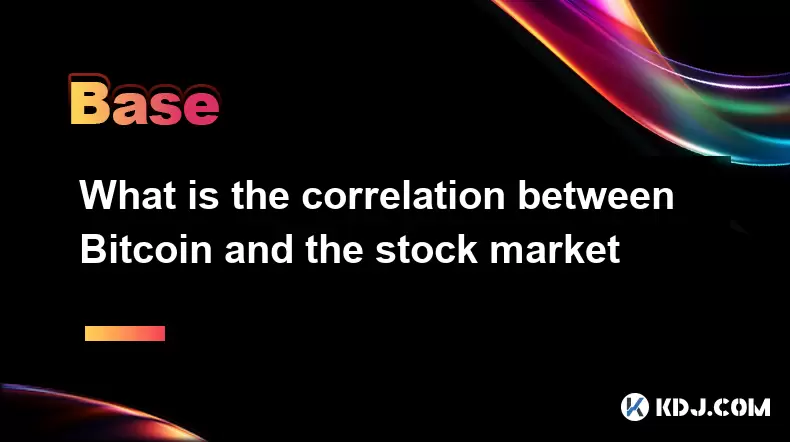
What is the correlation between Bitcoin and the stock market
Jul 18,2025 at 04:56am
Understanding the Correlation Between Bitcoin and the Stock MarketThe correlation between Bitcoin and the stock market has become a topic of increasin...
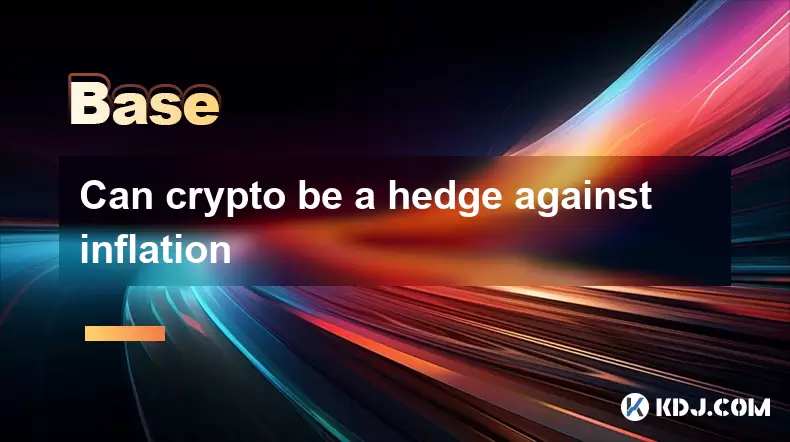
Can crypto be a hedge against inflation
Jul 14,2025 at 12:21am
Understanding the Concept of Hedging Against InflationInflation refers to the general increase in prices and fall in the purchasing value of money ove...
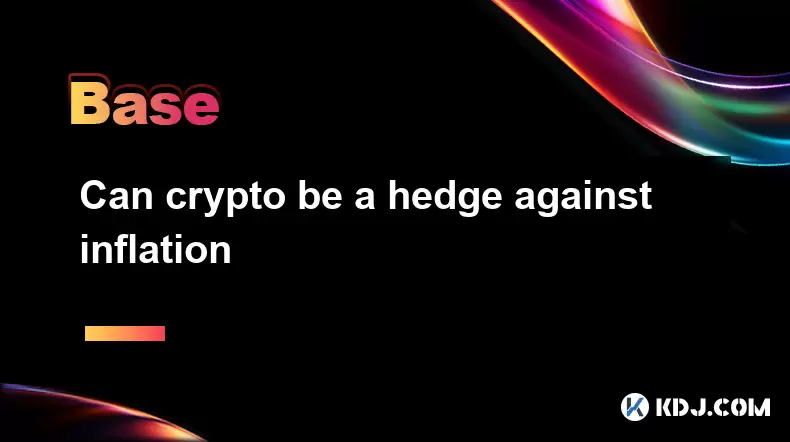
Can crypto be a hedge against inflation
Jul 12,2025 at 12:07pm
Understanding the Role of Blockchain in Decentralized Finance (DeFi)Blockchain technology serves as the backbone of decentralized finance, offering a ...
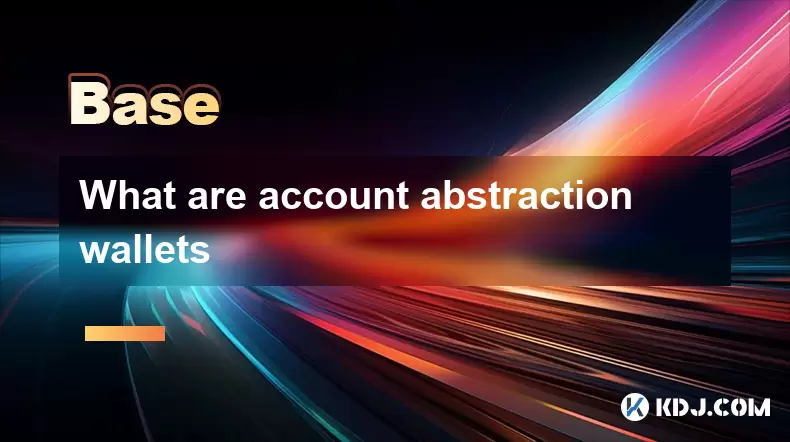
What are account abstraction wallets
Jul 13,2025 at 01:43am
Understanding the Concept of Account AbstractionAccount abstraction is a term frequently used in the Ethereum ecosystem, particularly within discussio...

What is the Bitcoin dominance index
Jul 12,2025 at 10:35pm
Understanding the Bitcoin Dominance IndexThe Bitcoin Dominance Index, often abbreviated as BTC.D, is a metric used to measure Bitcoin's market capital...

What is the Bitcoin dominance index
Jul 11,2025 at 04:29am
What is the Bitcoin Dominance Index?The Bitcoin Dominance Index is a metric used to gauge Bitcoin's market capitalization relative to the total market...

What is the correlation between Bitcoin and the stock market
Jul 18,2025 at 04:56am
Understanding the Correlation Between Bitcoin and the Stock MarketThe correlation between Bitcoin and the stock market has become a topic of increasin...

Can crypto be a hedge against inflation
Jul 14,2025 at 12:21am
Understanding the Concept of Hedging Against InflationInflation refers to the general increase in prices and fall in the purchasing value of money ove...

Can crypto be a hedge against inflation
Jul 12,2025 at 12:07pm
Understanding the Role of Blockchain in Decentralized Finance (DeFi)Blockchain technology serves as the backbone of decentralized finance, offering a ...

What are account abstraction wallets
Jul 13,2025 at 01:43am
Understanding the Concept of Account AbstractionAccount abstraction is a term frequently used in the Ethereum ecosystem, particularly within discussio...
See all articles





















